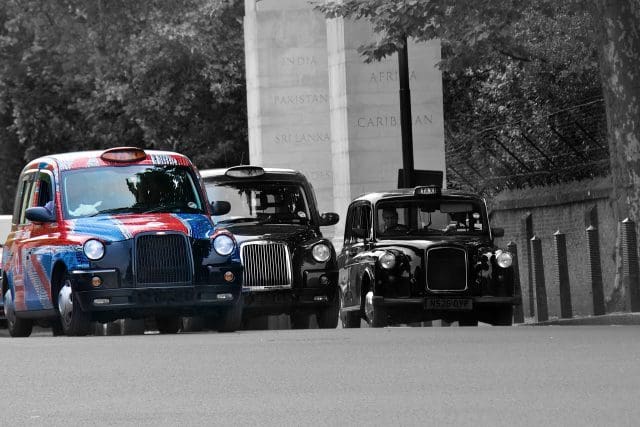For passengers, taxis are vehicles that take them where they want to go and they pay the fare at the end of the journey. Most know they have to book some and can just jump into others.
Advances in technology and the way we live today mean that some of the lines have become blurred. So how easy is it for passengers to tell them apart and why is it important?
The biggest reason is safety. Passengers need to know they are getting into a vehicle with someone who is fully licensed and insured, is a fit and proper person, and the vehicle they are travelling in is suitable and safe.
In order to keep up with the changes and to keep people safe, the Government is considering responses to a consultation earlier this year on its Taxi and private hire vehicle licensing: best practice, which was last updated in 2010.
One of the biggest changes has been the way in which taxis can be booked and paid for via mobile phone apps.
The consultation looks at the differences between public hire taxis and private hire taxis. For passengers, the difference is that one has to be booked in advance and the other can be hailed in the street.
For drivers such as black cab operators, they have to have public hire insurance and be licensed by the local council to be able to pick up passengers without advance booking.
Private hire drivers also need to be licensed and have to have private hire insurance which is only valid if a fare is booked in advance either by phone, in person at a taxi base, or via an app.
The important role of taxis has been recognised by Baroness Vere of Norbiton, Parliamentary Under-Secretary of State in the Department for Transport, in launching the consultation.
She said: “Taxis and private hire vehicles (PHVs) play a critical role in keeping our country moving, allowing people to travel safely and easily.
“Whether those taxi and private hire vehicle journeys are for leisure, work or to go to the shops, many people in our communities, particularly those who are disabled and vulnerable, rely upon them.”
As part of the consultation to update the best practice guidelines, one of the things the government asked whether there needs to be more of a distinction between public and private hire taxis.
One of the suggestions is to make ‘black cabs’ – public hire vehicles – stand out more, while making private hire taxis more anonymous. The aim of this is to ‘simplify safety messaging to the public that they should only get into a vehicle that looks like a taxi unless prebooked’.
It also suggests that taxi operators should provide information that enables the passenger to identify the driver and vehicle allocated for their journey.
The consultation recognises the needs of private hire drivers and firms to have vehicles marked as taxis. But it suggests that allowing private hire vehicles not to display signage other than the licence plate or disc and a prebooked only door sign means it could be easier for drivers to work with more than one operator.
Whatever the result of the consultation, it is taxi drivers who are on the front line dealing with passengers trying to get into a taxi they have not booked, so anything that can be done to make things simpler is welcome.
Maybe it is a mix of technology for private hire – with apps confirming the driver and vehicle’s details at the time of booking – and the iconic black cab being used only for public hire that will help distinguish between the two.




